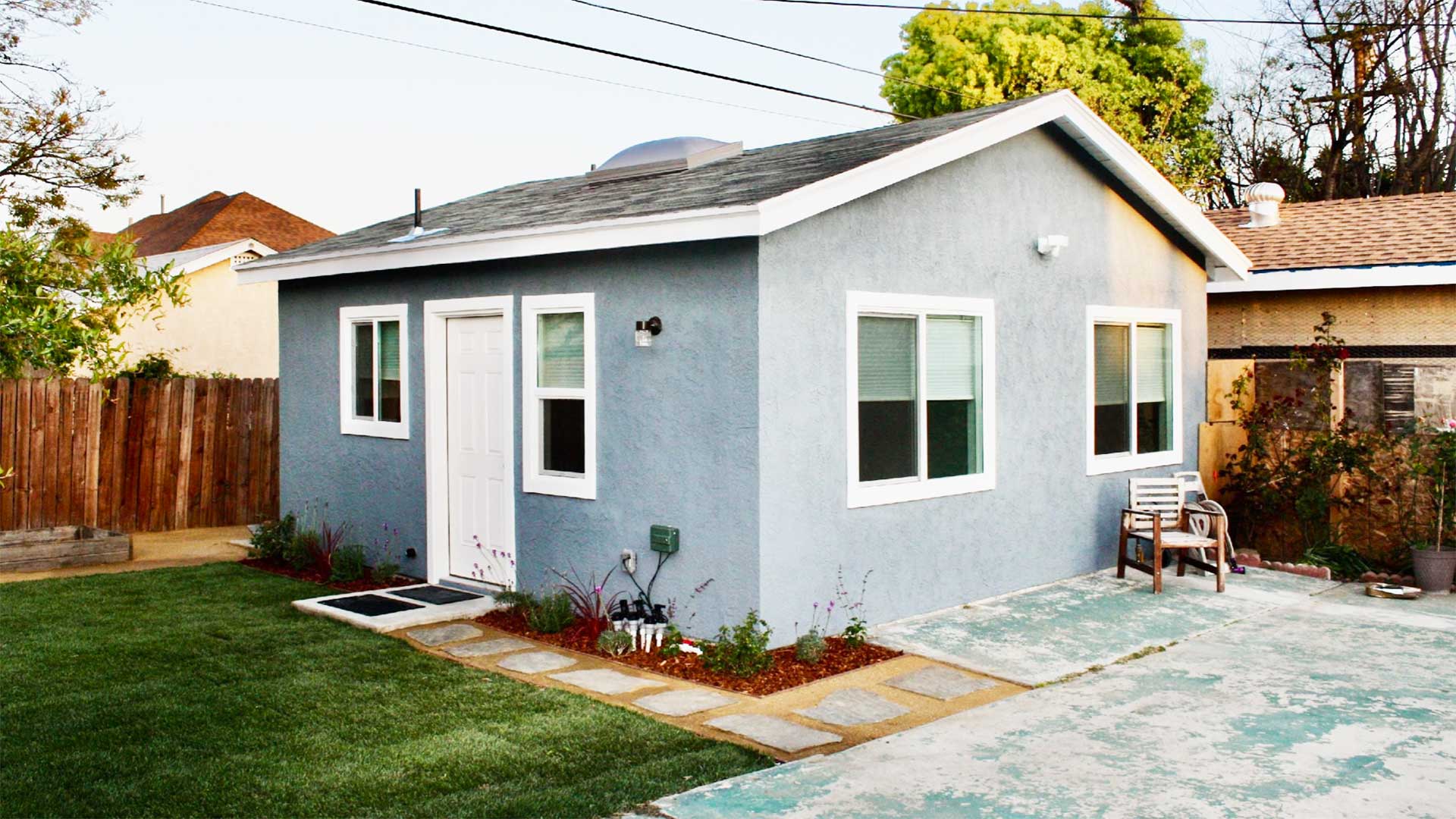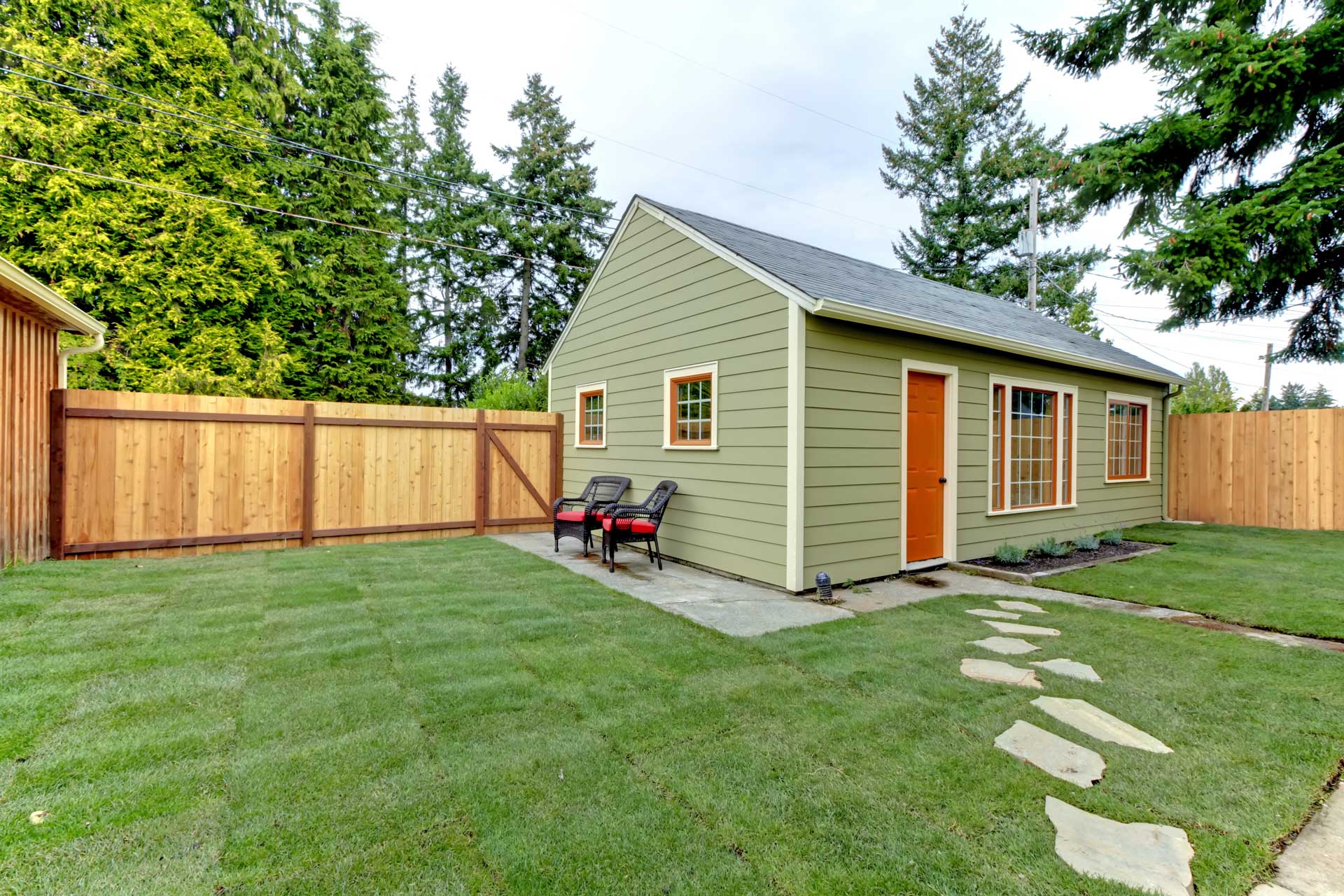Understanding 2-Bedroom ADU Plans

A 2-bedroom accessory dwelling unit (ADU) offers a versatile and practical solution for homeowners looking to expand their living space, generate income, or accommodate family members. These units provide a comfortable and independent living environment, making them an attractive option for a variety of needs.
Types of 2-Bedroom ADU Plans
The design and construction of a 2-bedroom ADU can vary significantly depending on the type of plan chosen. Here are some common types of 2-bedroom ADU plans:
- Detached ADUs: These units are completely separate from the main house, offering maximum privacy and independence. They can be built in the backyard, on a side lot, or even on a separate property.
- Attached ADUs: Attached ADUs are connected to the main house, often sharing a wall or roof. This can be a cost-effective option, as it allows for shared utilities and infrastructure.
- Basement ADUs: Converting a basement into a 2-bedroom ADU is a popular choice for homeowners with existing basement space. This can be a relatively affordable option, as the foundation and utilities are already in place.
- Garage Conversions: A garage can be transformed into a comfortable and functional 2-bedroom ADU. This option can be more challenging, as it may require significant structural modifications and upgrades.
Examples of 2-Bedroom ADU Floor Plans
Here are a few examples of 2-bedroom ADU floor plans that illustrate common layouts and features:
- Open-Concept Layout: This layout maximizes space and creates a sense of openness, with a combined living, dining, and kitchen area. It often includes a separate bedroom area with two bedrooms and a bathroom.
- Traditional Layout: This layout features distinct rooms, including separate bedrooms, a living room, a kitchen, and a bathroom. This provides a more traditional and compartmentalized living experience.
- Compact Layout: This layout prioritizes efficiency and space optimization, with smaller rooms and shared spaces. This is a good option for homeowners looking to maximize space on a smaller lot.
Comparison of 2-Bedroom ADU Plan Styles
| Plan Style | Pros | Cons | Detached ADU | Maximum privacy and independence, potential for higher rental income | Higher construction costs, may require more land | Attached ADU | Lower construction costs, shared utilities and infrastructure | Less privacy, potential for noise issues | Basement ADU | Lower construction costs, existing foundation and utilities | May require significant renovations, potential for moisture issues | Garage Conversion | Potential for cost savings, existing structure | May require significant structural modifications, potential for limited space |
|---|
Designing Your 2-Bedroom ADU

Designing a 2-bedroom ADU involves careful planning to maximize space, functionality, and comfort. You’ll need to consider the needs of the occupants, the available space, and your budget. This section will explore various design considerations for your ADU, highlighting key features to optimize your living space.
Maximizing Space in a 2-Bedroom ADU
Maximizing space in a 2-bedroom ADU is crucial, especially if you’re working with a smaller footprint. A well-designed layout can make a significant difference in how spacious your ADU feels. Here are some key design considerations:
- Open Floor Plans: Open floor plans create a sense of spaciousness by eliminating walls and visually connecting different areas. This is particularly beneficial in smaller ADUs, allowing for a more expansive feeling. Consider combining the living room, dining area, and kitchen into a single, open space.
- Multifunctional Furniture: Invest in furniture that serves multiple purposes, such as a sofa bed that can double as a guest bed or a coffee table with storage compartments. This helps maximize space and minimize clutter.
- Built-in Storage: Maximize vertical space by incorporating built-in shelves, cabinets, and drawers. This provides ample storage while keeping items organized and out of sight. Consider adding a built-in closet system in the bedrooms for efficient storage.
- Compact Appliances: Choose compact appliances like a mini-refrigerator, a space-saving oven, and a stackable washer/dryer. These appliances offer functionality without taking up excessive space.
- Mirrors: Strategic placement of mirrors can create an illusion of more space by reflecting light and visually expanding the room. Consider using mirrors in the living room, entryway, or bathroom to enhance the sense of spaciousness.
Natural Light and Ventilation in ADU Design
Natural light and ventilation are essential for creating a comfortable and healthy living environment in your ADU. Adequate natural light can brighten the space, improve mood, and reduce the need for artificial lighting. Proper ventilation helps regulate temperature, reduce humidity, and eliminate odors.
- Large Windows: Maximize natural light by incorporating large windows in the living room, bedrooms, and kitchen. Consider using floor-to-ceiling windows to enhance the view and allow for ample sunlight.
- Skylights: Skylights can provide additional natural light, especially in areas where wall space is limited. Choose skylights that are energy-efficient and provide adequate ventilation.
- Cross-Ventilation: Design the ADU to allow for cross-ventilation, where air can flow freely through the space. This can be achieved by strategically placing windows and doors on opposite sides of the ADU.
- Outdoor Spaces: Incorporate outdoor spaces like a patio or balcony to extend the living area and provide fresh air and natural light. Consider using retractable awnings or pergolas to create shade and shelter from the elements.
Innovative Design Features for 2-Bedroom ADUs, 2 bedroom adu plans
Innovative design features can enhance the functionality and aesthetics of your 2-bedroom ADU. Consider incorporating some of these features to create a unique and comfortable living space:
- Murphy Beds: Murphy beds fold down into a wall cabinet, providing a comfortable sleeping space while maximizing floor space during the day. This is an ideal solution for small bedrooms or multi-functional spaces.
- Loft Beds: Loft beds elevate the sleeping area, creating space underneath for a desk, storage, or a seating area. This maximizes vertical space and adds a unique design element to the bedroom.
- Sliding Doors: Sliding doors save space compared to traditional hinged doors, making them suitable for small spaces. They can be used to separate bedrooms, bathrooms, or closets.
- Pocket Doors: Pocket doors slide into a wall cavity, creating a seamless transition between rooms. This is a great option for maximizing space and maintaining an open feel.
- Built-in Seating: Incorporate built-in seating in the living room, dining area, or even the kitchen. This saves space and creates a cozy and inviting atmosphere.
2-Bedroom ADU Floor Plan Example
Here’s a sample floor plan for a 2-bedroom ADU, featuring a kitchen, bathroom, living room, and bedrooms. This layout demonstrates the principles of space maximization and functionality discussed earlier:
| Area | Description |
|---|---|
| Living Room | A spacious open-plan living room with large windows for natural light. A comfortable sofa, coffee table, and a television are included. |
| Kitchen | A compact and efficient kitchen with a small island for additional counter space and seating. The kitchen includes a sink, stove, refrigerator, and dishwasher. |
| Dining Area | A dining area adjacent to the kitchen with a small table and chairs. This area can be used for meals or as a workspace. |
| Bedroom 1 | A master bedroom with a queen-sized bed, a large closet, and a window. |
| Bedroom 2 | A smaller bedroom with a twin bed, a closet, and a window. This bedroom can be used as a guest room, a home office, or a nursery. |
| Bathroom | A well-appointed bathroom with a shower, toilet, and sink. |
Building and Legal Considerations: 2 Bedroom Adu Plans

Building a 2-bedroom ADU involves navigating a complex web of building codes, legal regulations, and logistical considerations. This section will guide you through the essential aspects of this process, empowering you to make informed decisions and avoid potential pitfalls.
Building Codes and Permits
Building codes are a set of regulations designed to ensure the safety, health, and welfare of the public. These codes dictate the minimum standards for construction, including structural integrity, fire safety, and accessibility. Obtaining the necessary permits is crucial for ensuring your ADU project complies with local regulations.
- Understanding Local Building Codes: Before starting your ADU project, research the specific building codes in your area. Local building departments can provide you with detailed information about the applicable codes, including requirements for foundation, framing, electrical, plumbing, and ventilation.
- Applying for Permits: The permitting process can vary depending on your location. Generally, you’ll need to submit detailed plans of your ADU, including floor plans, elevations, and specifications. You may also need to obtain permits from other agencies, such as the fire department or water department.
- Inspections: Throughout the construction process, you’ll likely need to schedule inspections from the building department. These inspections ensure that your ADU meets the required building codes.
Legal Aspects of Building an ADU
Building an ADU also involves understanding the legal aspects of property rights and zoning regulations.
- Zoning Regulations: Zoning regulations determine how land can be used in a particular area. You need to ensure your ADU project complies with the zoning rules for your property. Some areas may have specific restrictions on ADUs, such as size limits or limitations on the number of bedrooms.
- Property Rights: Building an ADU can impact your property rights and those of your neighbors. You’ll need to understand the implications of building an ADU on your property, including potential easements, access rights, and shared utilities. It’s essential to consult with an attorney to ensure you understand your legal obligations and rights.
Finding Qualified Contractors and Architects
Building an ADU requires the expertise of qualified professionals.
- Contractor Selection: Choosing the right contractor is crucial. Look for contractors with experience in ADU construction, a good reputation, and valid licenses and insurance. Get multiple quotes and references before making your decision.
- Architect Selection: An architect can help you design your ADU to meet your needs and comply with local building codes. Look for an architect with experience in ADU design and who understands the unique challenges of building on a small footprint.
Building a 2-Bedroom ADU: Step-by-Step Guide
Building an ADU is a complex process that involves multiple steps.
- Planning and Design: This stage involves working with an architect to create detailed plans for your ADU. This includes determining the size, layout, and features of the ADU, and ensuring it complies with local building codes and zoning regulations.
- Permitting: Once you have your plans, you’ll need to apply for the necessary permits. This may involve submitting your plans to the local building department and other agencies, such as the fire department or water department.
- Construction: This stage involves hiring a qualified contractor to build your ADU. The construction process will include site preparation, foundation work, framing, roofing, siding, windows, doors, electrical, plumbing, and finishing touches.
- Inspections: Throughout the construction process, you’ll need to schedule inspections from the building department. These inspections ensure that your ADU meets the required building codes.
- Completion and Occupancy: Once the ADU is completed, you’ll need to obtain a certificate of occupancy from the building department. This document confirms that the ADU meets all the necessary requirements and is safe for occupancy.
